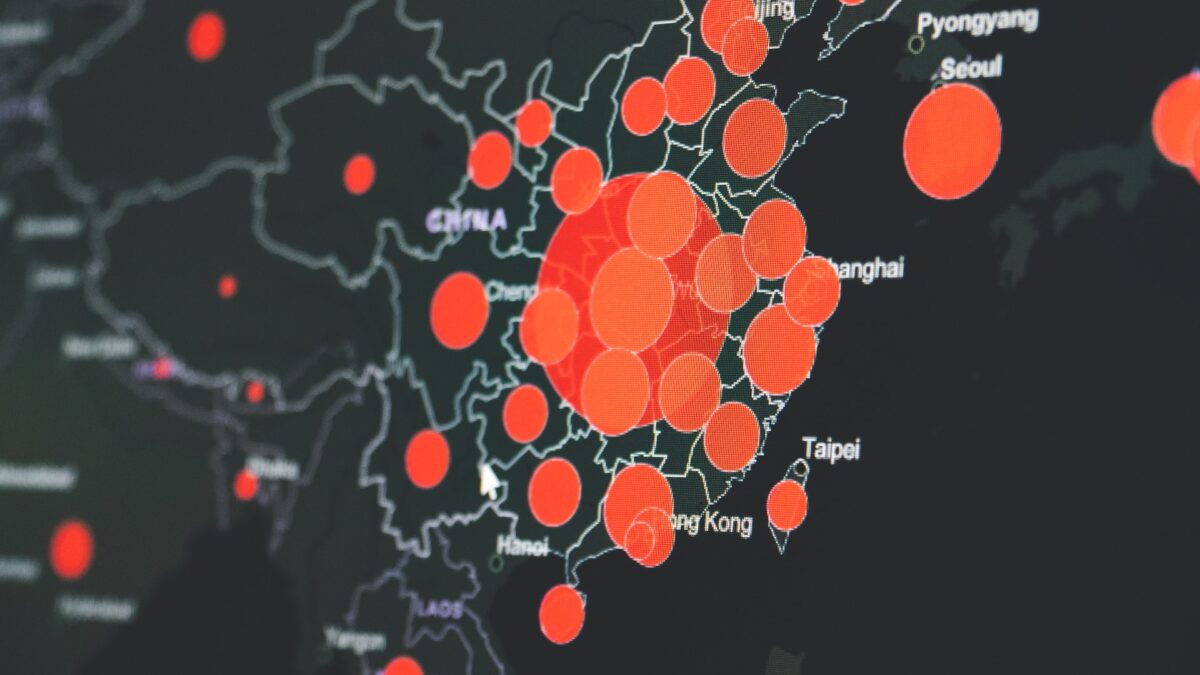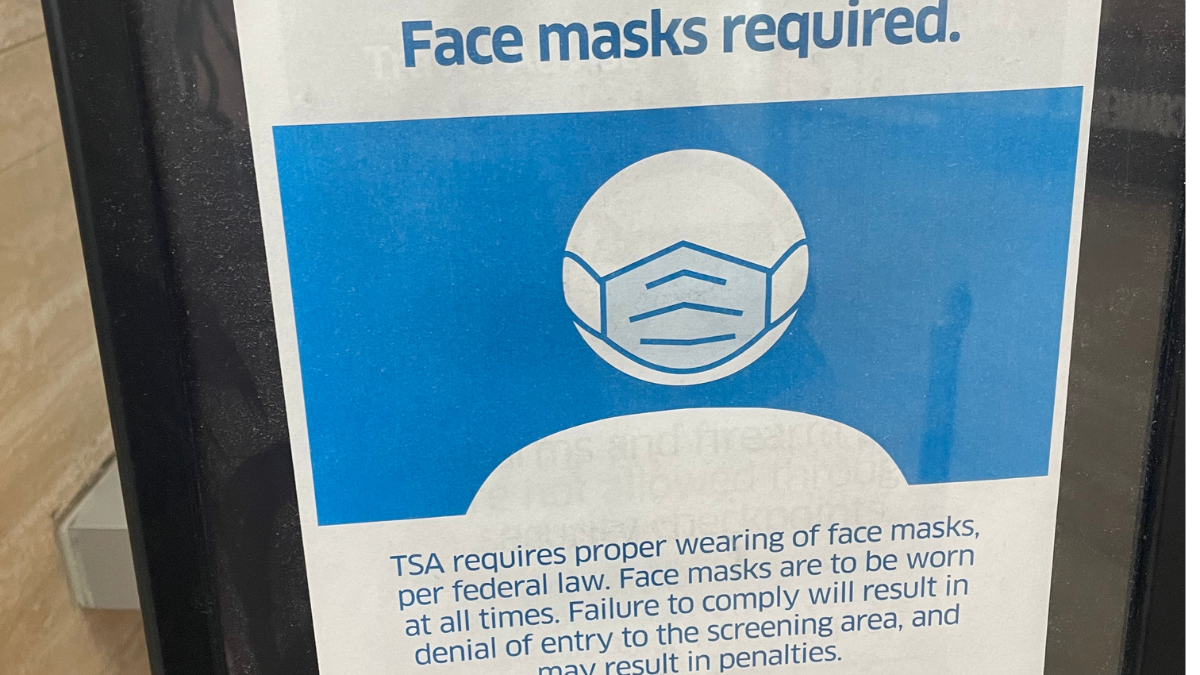
After nearly one year, questions remain unanswered about whether the Chinese coronavirus was natural or man-made and whether its release into the world was accidental or malicious.
Chinese scientist Li-Meng Yan has stirred up media attention with her claim that the coronavirus connected with COVID-19 is the result of Chinese bioengineering. She’s been saying this for a while, but the renewed attention follows a paper she and her coauthors uploaded to a public research repository. Tucker Carlson recently interviewed her on his popular Fox News show, where she went so far as to claim that Chinese authorities not only created the bug but released it on the world intentionally.
These claims, which we should treat separately, have been in the air for months. One online documentary that made the rounds in the spring got things started. It claimed that the cell-invading appendages (called spike proteins) on the new coronavirus (SARS-CoV-2) are suspiciously like the appendages on the original SARS virus, which caused an outbreak in 2003. The claim seems to be that scientists engineered a coronavirus from bats so it would infect humans.
What Does Scientific Inquiry Find About Coronavirus?
Like all proteins, these spike proteins are made in cells by linking amino acids to produce long chains that fold up into their working form. So if someone made the SARS-CoV-2 spike protein by splicing pieces of the original SARS spike protein into the spike protein from a bat virus, we should see this. Specifically, when we examine the amino-acid sequence of the SARS-CoV-2 spike protein, we should see pieces that match the SARS-CoV-1 spike protein, with the rest matching the bat spike protein.
As the figure below shows, we see nothing of the sort. There are only three extended regions in which the SARS-CoV-2 spike protein differs from what is reported to be the most similar bat virus spike protein (from bat coronavirus RaTG13). Even in these regions, the SARS-CoV-2 protein is more like the bat virus protein than the SARS-CoV-1 spike protein.
At the six key places for grabbing the appendages on human cells, the SARS-CoV-2 spike protein is equally unlike the spike proteins from SARS-CoV-1 and the bat coronavirus (one in six matches either way). Bottom line: If someone tried to make the SARS-CoV-2 spike protein resemble the SARS-CoV-1 spike protein, they did a miserable job.

Full spike protein sequences for SARS-CoV-1, SARS-CoV-2, and bat coronavirus RaTG13 were aligned using Clustal Omega. Amino acids are represented by conventional 1-letter abbreviations. Using position numbering for SARS-CoV-2, region one runs from 438 to 455, region two runs from 477 to 506, and region three runs from 679 to 685. Dots indicate matching amino acids.
The SARS-CoV-1 sequence is greyed except where there is a match between the two SARS sequences and a mismatch between SARS-CoV-2 and the bat coronavirus. Boxes show positions known to be important for infecting human cells.
In June 2020, Tech Startups reported that Norwegian virologist Birger Sørensen had coauthored a peer-reviewed paper that “claimed the novel coronavirus SARS-CoV-2 is not natural in origin.” That’s not true. Rather, his paper’s acceptance in QRB Discovery gave Sørensen the opportunity to offer his hunch about the origin of the virus to the press.
His peer-reviewed paper, however, makes no such claim. It does talk about short pieces of sequence having been inserted into the spike protein, but this often happens naturally.
In their new paper, Yan and her colleagues attribute SARS-CoV-2 to “sophisticated laboratory modification.” The paper, though, hasn’t yet made it through peer review. In fact, much of the work they cite to make their case likewise sits in unreviewed repositories.
They blame censorship for this in the paper itself, saying, “It is noteworthy that scientific journals have clearly censored any dissenting opinions that suggest a non-natural origin of SARS-CoV-2.” They might be right that journals are avoiding papers that make this claim, but it’s hard to blame editors for not wanting to stand behind high-stakes accusations without strong evidence.
Yan and her colleagues base their case on the hypothesis that there is no natural RaTG13 coronavirus. They claim Chinese scientists falsely reported this as a natural bat virus to disguise the true origin of SARS-CoV-2 — namely, bat viruses that were engineered in obvious ways to infect humans. According to their paper, “[T]he theory that fabricated scientific data has been published to mislead the world’s efforts in tracing the origin of SARS-CoV-2 has become substantially convincing.”
What are we to think? The problem is that bias works both ways. Those who find that theory convincing can always find ways to confirm it, and the critics can always find a way to deny it. To us, it’s hard if not impossible to prove their case merely by comparing the viral genomes. Given the magnitude of the charge, then, the safer bet is still that the new coronavirus is the product of nature, not engineering.
Was It Released on Purpose?
Be that as it may, did Chinese authorities intend to release the coronavirus into the human population? This seems far-fetched. If they wanted to test it, they surely wouldn’t have picked an industrial center — Wuhan is often called China’s Chicago. They would have picked some obscure place in the far-flung northwest, set up controls, run the test, and buried the evidence. As things happened, the virus threw the regime into a tailspin and seriously damaged a reputation it spent decades and billions of dollars cultivating.
So what did happen? For a few months, the press and the World Health Organization went with the “Chinese wet market” story. Anyone who pointed to evidence that the coronavirus might have leaked from the Wuhan Institute of Virology was dubbed a conspiracy theorist.
The evidence kept growing, however, and finally overcame whatever spell corporate media was under. We know this lab studied bats infected with coronaviruses. Two years before the outbreak, U.S. Embassy officials had warned about lax safety standards at the lab. And in May 2020, NBC obtained a report from British and American intelligence that said that “there was no cellphone activity in a high-security portion of the Wuhan Institute of Virology from Oct. 7 through Oct. 24, 2019, and that there may have been a ‘hazardous event’ sometime between Oct. 6 and Oct. 11.”
Beijing deserves a generous portion of the blame for the spread of COVID-19, but so far there’s no proof that the coronavirus was a product of Chinese bioengineering or that Chinese authorities meant to expose the world to it.
Is the Charge Itself a Chinese Op?
These claims keep resurfacing because they confirm the (quite reasonable) hostility that many Americans, especially conservatives, have toward the Chinese leadership. But surely, the Chinese military understands this, giving us still more reason to exercise caution.
Might Yan actually be doing the bidding — wittingly or not — of the Chinese regime? What if this is itself a clever propaganda op hatched in Beijing? That’s what Jordan Schachtel suggests in a recent article.
After all, the coronavirus is a PR disaster for the Chinese Communists no matter how you slice it. Now that the coronavirus is out, though, Beijing could benefit by building the reputation of a scary research program that cooked up a bug to contaminate the world. If the rest of the world panics and shuts down their economies, all the better.
This is speculative, of course, but conservatives should focus, as much as we can, on the scientific evidence to settle these questions — no matter whose ox is gored.









